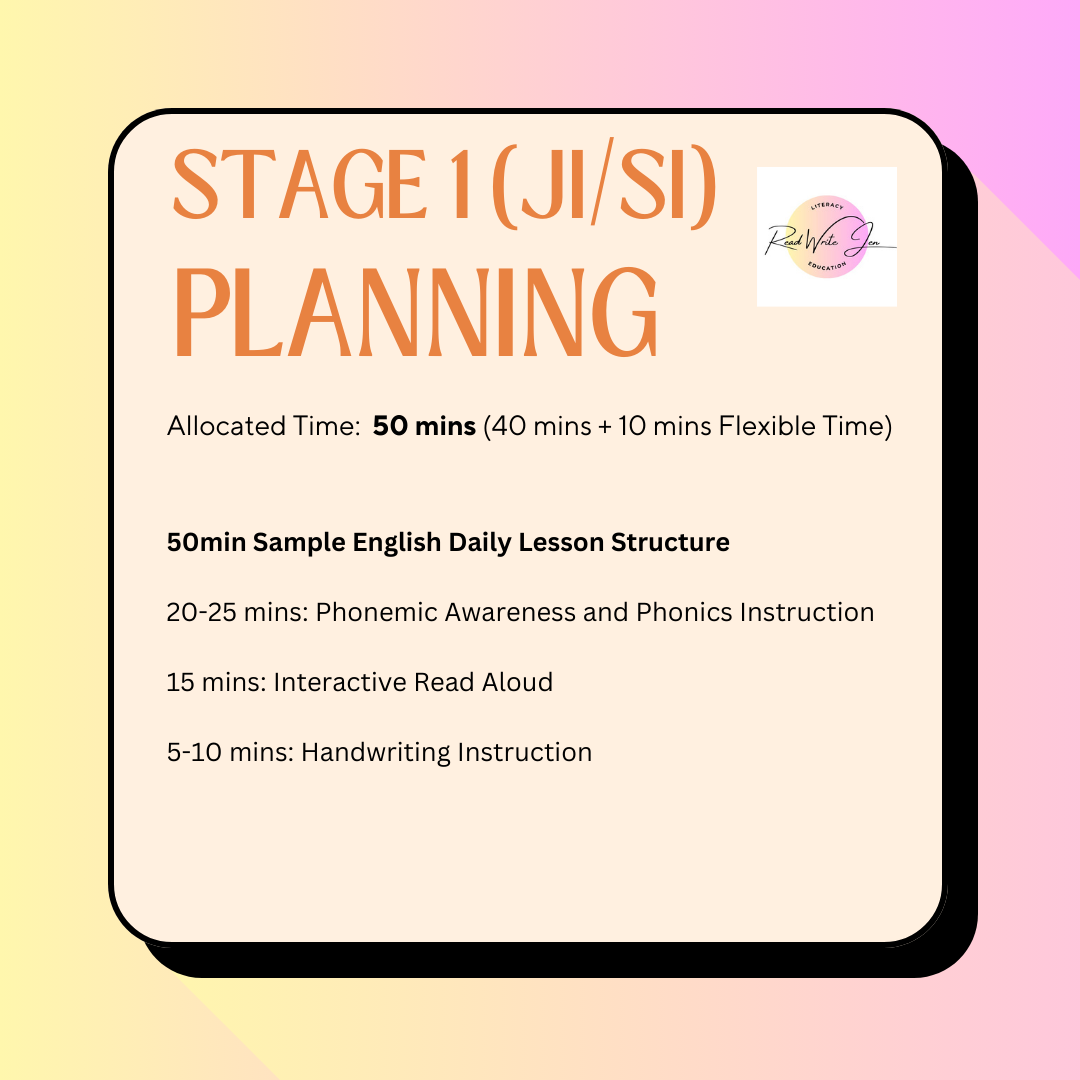When it comes to teaching young children, planning is crucial.
But how we plan—especially for English in the infant classes—matters just as much as what we plan.
Too often, planning for English gets divided into neat little boxes: a phonics lesson here, handwriting practice there, a separate slot for oral language, another for writing. On paper, it all looks tidy.
In practice, though, young children don’t learn language in isolated compartments—and when we slice up English into disconnected parts, we risk losing the richness, coherence, and purpose that should underpin their early literacy experiences.
Language Is a Web, Not a Set of Boxes
In real life, language is messy, interconnected, and deeply meaningful. Children don’t experience phonemic awareness separately from vocabulary development. They don’t see ‘writing’ as something entirely different from ‘talking’ or ‘reading’. For them, it’s all communication. It’s all language.
When we over-fragment English in our planning, we risk sending confusing signals about how literacy works—and worse, we can make early reading and writing feel like a series of isolated tasks rather than powerful, connected ways to express ideas, explore stories, and make sense of the world.
Planning for Connection, Not Isolation
In the infant classes, the most effective planning for English treats reading, writing, speaking, and listening as interwoven practices that build on and reinforce each other.
For example:
A phonics lesson shouldn’t end at decoding CVC words—it should naturally lead into writing those words in sentences, or spotting them in a shared storybook.
A storytelling session can support oral language, vocabulary expansion, comprehension, and emergent writing all at once—if we plan for those opportunities.
A shared writing session can strengthen phonemic awareness when we model stretching out words orally as we write.
When planning, think of themes, texts, and purposes, rather than isolated skills. Build experiences where language is used authentically—to tell stories, to make connections, to ask questions, to create.
Moving Beyond Myths About Concentration
One of the persistent myths in early years education is that young children can't concentrate for long periods.
The truth is: children concentrate deeply when they are engaged.
If they’re tuning out, it’s often not because the task is too long—but because it’s not meaningful enough, not challenging enough, or not active enough.
In reality, children are often blissfully unaware of the ‘lessons’ we think we are teaching. It's the teacher’s role to design learning that captures their attention, connects to their curiosity, and keeps them moving through different modes of engagement.
Of course, attention naturally ebbs and flows. If children have been sitting too long, a movement break—can reset their focus without abandoning the learning. Good planning builds in these shifts, respecting children's developmental needs without reducing expectations for rich, sustained learning.
Practical Ideas for Integrated, Engaging English Planning
Anchor your week around a quality text (storybook, poem, big book) and weave phonics, writing, oral language, and comprehension around it.
Use play-based contexts to create natural opportunities for writing signs, reading lists, role-playing conversations.
Model purposeful reading and writing throughout the day—labeling classroom objects, writing letters to characters, making group lists, drawing and labeling diagrams.
Use movement intentionally—introduce an action song, a game, or a nursery rhyme when attention begins to dip.
Final Thought
Children’s early experiences of English should feel whole and meaningful.
Our planning should reflect the deep truth that language isn’t a subject—it's the way we connect with the world, and with each other.
Click on the image below for more planning resources for Stage 1 and 2.





It’s a gentle reminder that as teachers, we have so much influence over their experience, both in how we present the content and in how we make it relevant and engaging. Yes, there are factors beyond our control, but more often than we realise, the key to engagement is in the way we connect with children, make the material meaningful, and create an active learning environment. There's no doubt that it’s a challenge, but it's also an opportunity to constantly reflect and improve on how we engage our pupils!
I agree that so many children are keen to learn when it is worth the effort, i.e. interesting and applicable to their lives. Sometimes, just listening to their conversations can be a fascinating window into their worldview.